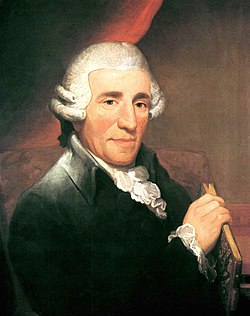
The Symphony No. 57 in D major, Hoboken I/57, is a symphony by Joseph Haydn. The symphony was composed in 1774, under the auspices of Nikolaus Esterhazy, for whom he would compose symphonies until 1789. It is scored for two oboes, two bassoons, two French horns, and strings.